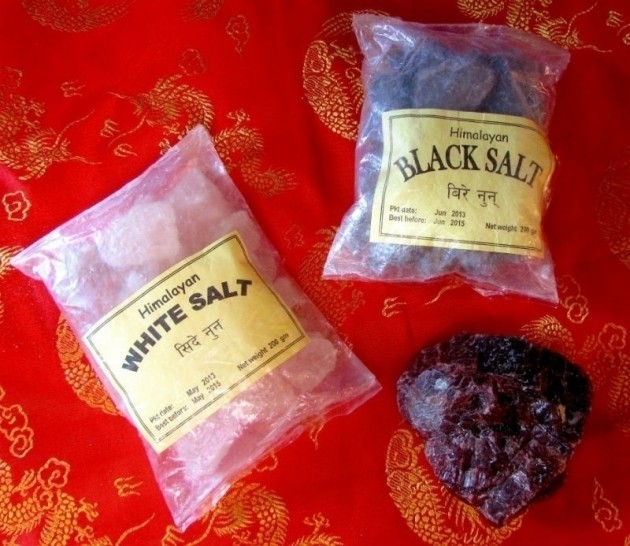Irritation of the nerve at the brachial plexus or along its route to the wrist such as at the elbow make the median nerve more susceptible to irritation at the carpal tunnel: ("double crush phenomenon").
The untreated course usually entails a gradually worsening situation. Conventional medicine attempts to surgically release the compression by respecting the flexor retinaculum, a procedure that is not 100% effective, and is often followed by the development of the syndrome in the other previously normal hand.
Symptoms
Pains in hands, elbows, shoulders or knees; morning stiffness of fingers; impaired finger flexion; transitory nocturnal paralysis of arm and hand; paresthesia of hands (possibly also of face); painful adduction rotation
of the thumb at metacarpophalangeal joint; weakness of hand grip; fluctuating edema in hands, feet or ankles; impaired tactile sensations in fingers; tenderness over carpal tunnel; dropping of objects; nocturnal muscle spasms in extremities
Office Evaluation
1. Hold the hands out with palms up.
2. Bend the fingers at the 2 outer joints only, leaving the metacarpophalangeal joints in a straight line with the wrists.
3. Bring the tips of the fingers down to the palms of the hands, right to the crease that separates fingers
from hands.
4. If any of these 16 joints cannot be bent completely and without pain, carpal tunnel syndrome is
suspected.
Nutrients Involved
Vitamin B6, magnesium, essential fatty acids, vitamin B3, bromelain, bioflavonoids
Suggested Nutritional Supplementation
- EZ Flex - 3-6 tablets daily with meals.
Nutritional support for tendon, nerve, and muscle function.
- EPA-DHA 6:1 - 2 softgels 2-3 times daily. (see EPA-DHA section in appendix)
For relief of minor pain.
- Inflavonoid Intensive Care - 3-9 tablets daily with meals.
For relief of minor pain.
J. M. Ellis, MD published an article in the Southern Medical Journal documenting the effectiveness of vitamin B6
in carpal tunnel syndrome. This study is interesting in that it shows that the vitamin B6 deficiency was corrected within four weeks, but that it took 12 WEEKS to relieve the signs of the symptoms of carpal tunnel syndrome.
The 12-week response time in carpal tunnel syndrome demonstrates a unique aspect of nutritional health care: Treatments can take months in some cases. This requires patience on the part of the patient and persistence by the doctor. The patient should always remember that with nutrition, progress is sometimes slow, but success is usually permanent and free of negative side effects.
Dietary Suggestions
- Anti-Inflammatory Diet
Exercise Considerations
Strengthening exercises for the wrist like squeezing a ball, wrist flexion, and extension with small weights.






